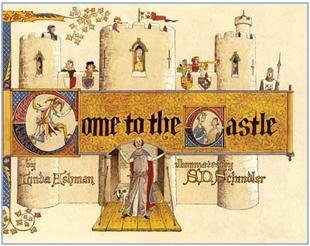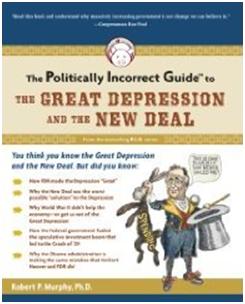A friend (and colleague from the world of homeschooling) sent me a message (on facebook, of course!) this morning:
Rob, I should have guessed you’d be lead geek in any party… how do you use Twitter?
My answer turned into an essay:
First a joke: “Twitter is the internet service for people who wish they had a stalker.”
My thesis is that the internet & homeschooling are an important mix. Parents are NOT (for the most part) using the internet an a means to teach their children. Parents (mostly moms) ARE however, voracious users of the internet as a way to find homeschool products and to network with other homeschooling families (mostly moms) for advice, encouragement and fellowship. And this has been, by and large, a good thing. Twitter fits into all of this in an organic way.
Twitter is in some ways, micro-blogging. Think of it as a series of blog entries, limited to 140 characters each. But it is also more than that – more interactive, and closer to realtime.
When websites started (back when dinosaurs roamed the earth in the prehistoric 1980s!), they were conceived of as static repositories of information. But the ease of updating rapidly produced a new variant, the blog (A contraction of “website log”–>”web log”–>”blog”).
Initially, users bookmarked sites they liked and made periodic visits to see if there was anything new. I remember the days of opening up my favorites (organized by topic) and running through, clicking on each URL to see what was new. Fun, but inefficient. Then came RSS (Really Simple Syndication). I prefer the google reader, but I’ve not made an exhaustive study. I’m currently subscribed to 146 websites. Any new content is excerpted/copied and placed in the “inbox” of my RSS reader where I can browse through it. I read and scan through them quickly (a necessity). I can flag anything significant with a star, and with a click or two, forward things to friends & family. You can view items from my RSS feed that I have “starred” in a widget on the left side of my blog (http://redhatrob.com).
Twitter is the next step in all of this. In one sense, it’s an aggregation of all the facebook status updates from all of your friends. But that’s only one way in which it is being used. Imagined another way, it is a giant real-time chat room with several million users all sending in sentences all at the same time. You can get a visual on this (slowed down and excerpted) by going here: http://beta.twittervision.com/
All of the individual messages (140 characters each) go into the public stream. But, of what use is this firehose of messages? Twitter gives you a few simple tools to extract the posts you are interested in. You “follow” a select group of twitter users whose messages you want to read. This stream of messages is visible on your twitter homepage, and you can scroll back through messages to read up on what you might have missed. you can also search the public stream for keywords you might be interested in.
The twitter stream is also public via some open software routines which has led to a variety of interesting tools that expand on the basic searches that twitter allows you to do.
Key Word Alerts
There is a service (tweetlater) that will scan the entire twitter public stream and aggregate messages which contain key words you are interested in. As an example, I get an aggregated email message every four hours which shows me any messages with the words “Greenleaf Press” in them. I search on other keywords as well (wink!). Tweetlater started as a service to let you schedule your messages to be posted at times you select, but i find the keyword alerts to be the most valuable feature.
There is also a wonderful tool called tweetdeck which takes the concept of a live “search” on the twitter stream and executes it with great power. Tweetdeck allows you to configure multiple columns, each filled with a stream of twitter messages which match a search criteria you have established.
Hashtags
Twitter users have adopted the convention of using “hashtags” to efficiently identify the topic of certain messages they are sending, or the community they wish to address. One of the most popular hashtags is #tcot. (stands for Top Conservatives On Twitter). A number of twitter users add the hashtag #tcot to the messages they send with comments on current politics & social issues. In tweetdeck, you can configure a column to retrieve all of the messages that contain the hashtag #tcot. in that column you will see an ongoing, realtime conversation between individuals around the country (and sometimes the world) on political topics. Sometimes the senders interact with each other, sometimes they are simply posting a link to a story / blog post that they have found or one they have authored. Links in twitter messages are “live.” You can click on them and your browser will immediately open a tab showing that site.
During real-time, breaking events, folks with mobile phones and twitter accounts have quickly adopted a hashtag (by convention and tacit, un-coordinated agreement), and then posted real-time updates from the field to the twitter stream. When the terrorist attack occurred in Mumbai (November, 2008), the best real-time info from around the city came from the hundreds of people posting messages using the hashtag #mumbai. People all over the world were literally reading short text messages posted by people trapped in hotels trying to figure out how many terrorists were out there and where they were.
Weird URLs
To conserve message space (remember, messages are limited to 140 characters), most users “shorten” the URL of a link using any number of public services. Think of it as a link shorthand, or link encryption.
Mobile phones
This is one of the most interesting and intriguing facets of twitter. You can have messages from certain selected users forwarded to your cell phone as text messages, AND you can send twitter messages from your cell phone. You register your cell phone with your twitter account and adjust the settings there. I “follow” over 1,000 twitter users, but I have only 3-4 forwarded to my cell phone. We’ve effectively used this feature during legislative lobbying, to keep track of the real-time location of key people we needed to speak to and to co-ordinate our activities.
It’s also a fun way to impress your friends. I’m one of 52,375 people following the twitter account of Karl Rove. I have his messages forwarded to my mobile phone (usually only 2-3 a day). It’s fun to hear the phone beep in a meeting and then turn to someone and say, “Excuse me, I have a text message from Karl Rove.”
Public and Permanent
The real caveat on twitter is that the entire message stream is public, and permanent – occasionally folks forget this, with embarrassing results.
Twitter & Google
At first thought, these seem to be very different animals, but in another way they are not. Google works by ranking relevant websites based on how other users on the internet link to and evaluate them. Twitter is likewise a real-time source of information. You can go to the twitter stream at any time and search for what thousands of people are saying about a particular topic. Or you can post a message yourself and invite responses. If you pay attention to the twitter stream for a few minutes, it is often (though not always) self-correcting. Think The Wisdom of Crowds, and/or Adam Smith’s invisible hand. If you ask a question of a random man on the street, you may get an erroneous, inaccurate answer – but if you get the attention of a crowd and ask them, and let them interact and refine the answer, they do a surprisingly good job.
All of this is still evolving. It may prove a fad and collapse. On the other hand, it is such a decentralized and democratic community that the potential for “networking” is tremendous. Like all tools, it can be used for good or ill.
I find that I need to discipline myself and schedule/ration the attention I give to this. 15 minutes, twice a day is my current limit. But it is a new part of my communication strategy – and I find I have been connecting with other like-minded folks in new and interesting ways.
Incidentally, there is a #homeschool hashtag being used. Probably will be others…
Sorry to be so long-winded, but it helps me to organize my own thoughts when I write all of this out.
– Rob
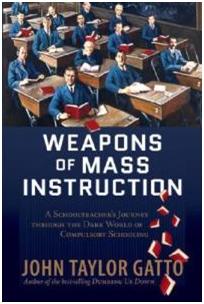
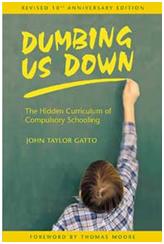
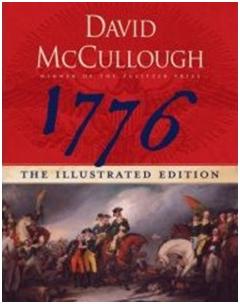
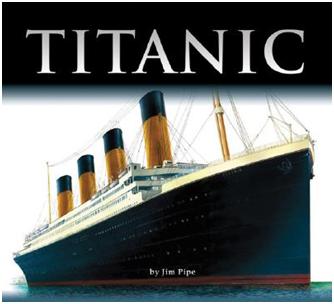
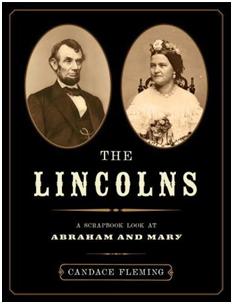
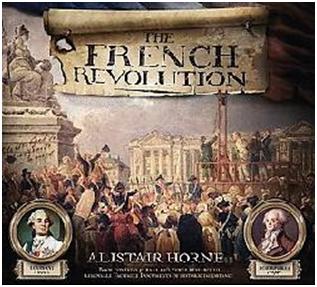


 The importance of understanding Egyptian history and culture can hardly be over-estimated. Egypt is the country mentioned most often in the Old Testament. Israel’s prophets foretell the future not just for Israel, but for Egypt as well.
The importance of understanding Egyptian history and culture can hardly be over-estimated. Egypt is the country mentioned most often in the Old Testament. Israel’s prophets foretell the future not just for Israel, but for Egypt as well.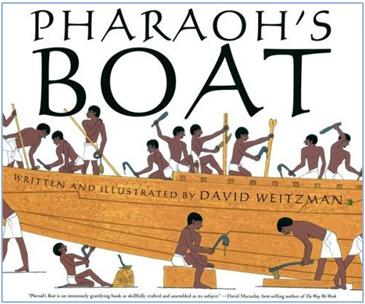
 To tell the story of their discovery and re-assembly, Weitzman switches to a more modern 3-dimensional representational style. The story of the painstaking research that went into re-assembling the boat is as fascinating as the story of their original construction. It was a 3-dimensional jigsaw puzzle with 1,200+ pieces, and no pictures or instructions. Before the Egyptian archeologist, Ahmed Youssef Moustafa, chief of the Restoration Department of the Egyptian Antiquities Service was satisfied, the boat had been put together and taken apart five times. Each time, the team of archeologists learned something new. To solve several particularly difficult problems, Ahmed went to modern Egyptian boat-makers on the banks of the Nile and served as an apprentice, asking questions about the details of the techniques they used. It turns out that many things have stayed the same for over 4,000 years.
To tell the story of their discovery and re-assembly, Weitzman switches to a more modern 3-dimensional representational style. The story of the painstaking research that went into re-assembling the boat is as fascinating as the story of their original construction. It was a 3-dimensional jigsaw puzzle with 1,200+ pieces, and no pictures or instructions. Before the Egyptian archeologist, Ahmed Youssef Moustafa, chief of the Restoration Department of the Egyptian Antiquities Service was satisfied, the boat had been put together and taken apart five times. Each time, the team of archeologists learned something new. To solve several particularly difficult problems, Ahmed went to modern Egyptian boat-makers on the banks of the Nile and served as an apprentice, asking questions about the details of the techniques they used. It turns out that many things have stayed the same for over 4,000 years.